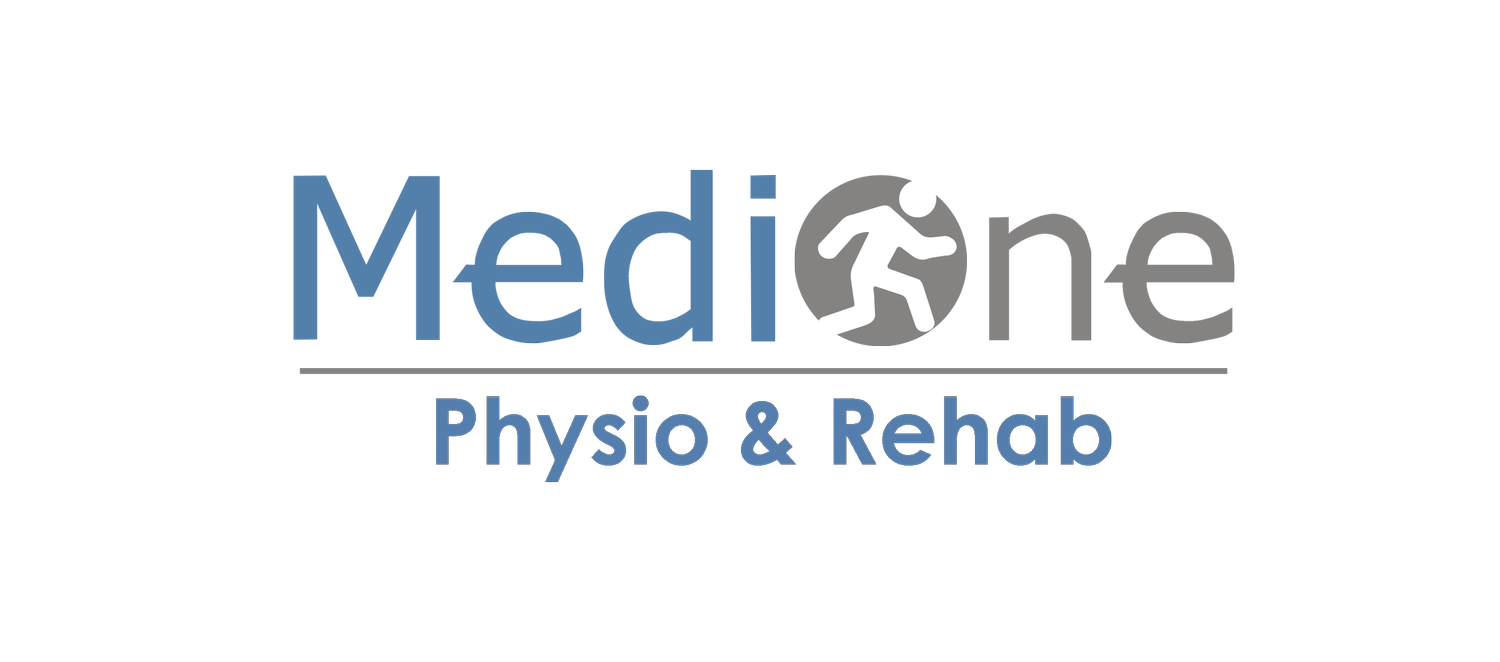Do I Have A Tension Type Headache?
What Is A Tension Type Headache?
Tension-type headaches (TTH) are the most prevalent primary headache disorder, characterized by a bilateral, non-pulsating pain often described as a tight band around the head, typically affecting the forehead and temporal regions (World Health Organization, 2021). The pain intensity is generally mild to moderate and can be accompanied by symptoms such as tenderness in the scalp, neck, and shoulder muscles (Schmidt et al., 2023). TTH can present in two forms: episodic, occurring less than 15 days per month, and chronic, occurring 15 or more days per month (Headache Classification Committee of the International Headache Society, 2018). Epidemiologically, TTH affects approximately 40% of the adult population at some point in their lives, with a higher prevalence in females and individuals aged 30 to 39 years (Buse et al., 2023).
Should I Self Diagnose This?
Many patients misinterpret tension-type headaches (TTH) as migraines, leading to inappropriate self-diagnosis and delayed treatment. Research indicates that individuals often rely on subjective pain characteristics to differentiate headaches, which can lead to confusion, particularly since both conditions can coexist (Färkkilä et al., 2023). When patients misidentify TTH as migraines, they may seek treatments that are ineffective for their underlying condition, resulting in persistent symptoms and reduced quality of life (Buse et al., 2023). Furthermore, the overlap between migraine and TTH—known as mixed headache disorder—complicates treatment strategies, as patients may experience the debilitating features of both types simultaneously, yet fail to address the TTH component effectively (Olesen et al., 2020). Consequently, a comprehensive evaluation by a healthcare professional is crucial to provide appropriate management, ensuring that both migraine and TTH are treated to improve patient outcomes (Schmidt et al., 2023).
Is My Neck Muscles Related To The Problem?
Muscle tightness in the neck musculature, particularly in the suboccipital muscles, scalenes, upper trapezius, and sternocleidomastoid (SCM) muscles, can significantly contribute to headache pain, often referred to the forehead region. This phenomenon occurs due to the brain's challenge in accurately localizing pain sources, particularly when nociceptive signals arise from the cervical structures (Sjaastad et al., 2021). The convergence of sensory pathways from the head and neck in the trigeminal and cervical nerve roots can lead to referred pain, wherein the brain misinterprets the origin of the discomfort (Sullivan et al., 2022). This referral pattern can manifest as tension-type headaches or cervicogenic headaches, complicating diagnosis and treatment (Schmidt et al., 2023). Addressing muscle tightness through physical therapy, manual therapy, and targeted exercises can help alleviate symptoms and improve pain localization, ultimately enhancing patient outcomes (Gibson et al., 2023).
How Can Chiropractic Help?
Soft tissue treatments, acupuncture, and cervical spinal manipulation therapy have been shown to significantly reduce the frequency and intensity of tension-type headaches (TTH), contributing to effective management strategies for this common condition. Research indicates that manual therapies, including myofascial release and trigger point therapy, can alleviate muscle tension in the cervical region, directly impacting headache symptoms (Gibson et al., 2023). Acupuncture has also demonstrated efficacy, with several studies reporting reductions in headache frequency and severity, likely through modulation of pain pathways and promotion of endorphin release (Vickers et al., 2018). Furthermore, cervical spinal manipulation and mobilization techniques have been associated with improved cervical range of motion and decreased pain perception, making them valuable interventions for TTH sufferers (Lee et al., 2022). Collectively, these modalities not only address the symptomatic aspects of TTH but also target underlying musculoskeletal dysfunctions, offering a comprehensive approach to treatment (Schmidt et al., 2023).
References
World Health Organization. (2021). Headache disorders.
Schmidt, M., et al. (2023). Current insights into the epidemiology and clinical characteristics of tension-type headaches. Journal of Headache and Pain, 24(1), 12-20.
Headache Classification Committee of the International Headache Society. (2018). The International Classification of Headache Disorders, 3rd edition (ICHD-3). Cephalalgia, 38(1), 1-211.
Buse, D. C., et al. (2023). Epidemiology of tension-type headache: a systematic review. Headache, 63(4), 558-568.
Olesen, J., et al. (2020). Treatment of tension-type headache: a systematic review. European Journal of Neurology, 27(3), 421-429.
Färkkilä, M., et al. (2023). Misdiagnosis of tension-type headache and migraine: a clinical challenge. Journal of Headache and Pain, 24(1), 34-41.
Buse, D. C., et al. (2023). The impact of misdiagnosis on the treatment of headache disorders. Headache, 63(4), 575-586.
Olesen, J., et al. (2020). Diagnosis and treatment of mixed headache disorders. Cephalalgia, 40(7), 648-656.
Schmidt, M., et al. (2023). Clinical characteristics of headache types and their impact on treatment outcomes. European Journal of Neurology, 30(2), 245-253.
Sjaastad, O., et al. (2021). Referred pain in tension-type headache: a review of the literature. Cephalalgia, 41(7), 796-802.
Sullivan, S. M., et al. (2022). Cervicogenic headache: understanding the role of neck pain in headache disorders. Journal of Headache and Pain, 23(1), 45-56.
Schmidt, M., et al. (2023). Pathophysiology of headache disorders: insights into muscle tension and referral patterns. Journal of Headache and Pain, 24(1), 12-20.
Gibson, T., et al. (2023). Efficacy of physical therapy interventions for cervicogenic headaches: a systematic review. Physical Therapy Journal, 103(4), 320-329.





